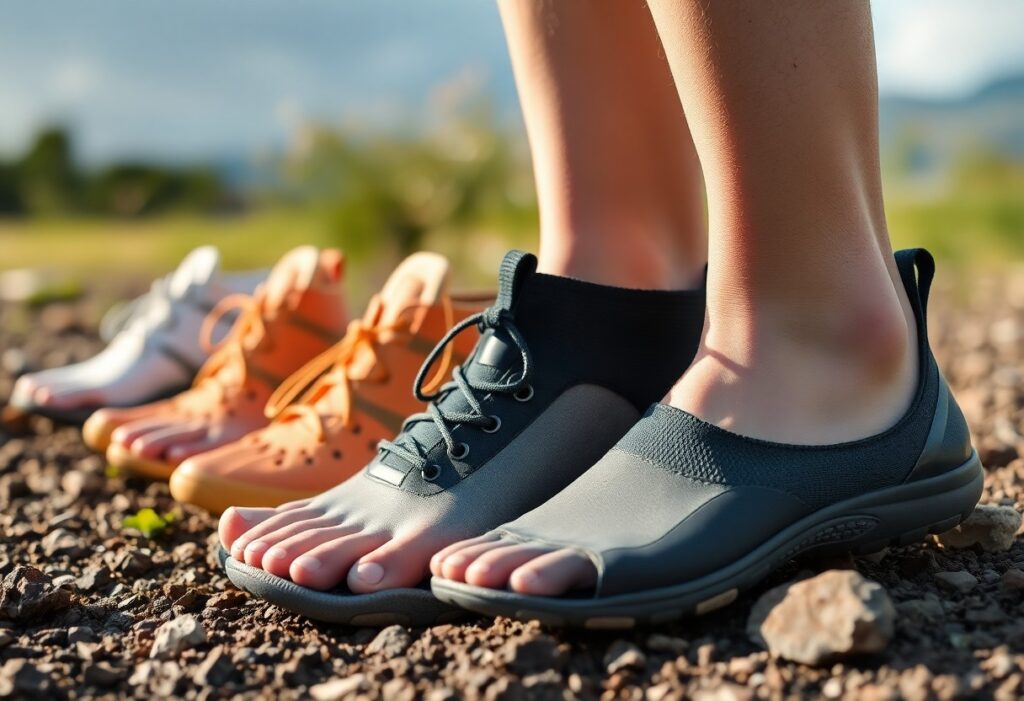
The world of barefoot footwear has undergone significant innovations propelled by advancements in material engineering, leading to unmatched levels of comfort and performance for enthusiasts. This exploration will delve into the transformative technologies that are reshaping shoe design, particularly with Vibram soles leading the charge, offering both exceptional ground feel and solid protection. As we explore further, you will discover sustainable manufacturing techniques that drastically lower environmental impact while boosting the longevity and efficiency of barefoot shoes. The harmonious combination of biomechanics, innovative materials, and eco-friendly production practices is redefining the minimalist footwear sector, promising a future where comfort, performance, and sustainability coexist seamlessly.

Comparing TPU and EVA: Understanding Material Performance in Barefoot Footwear
In the realm of barefoot footwear engineering, two prominent materials have emerged: Thermoplastic Polyurethane (TPU) and Ethylene-Vinyl Acetate (EVA). Each material offers unique performance characteristics that are critical for shoe manufacturers. Experts meticulously examine the molecular structures, thermal properties, and mechanical responses of these polymers to guide their material selection. The ongoing discourse centers on how these substances react under dynamic stress, varied weight distributions, and diverse environmental conditions. For example, TPU stands out for its exceptional durability, while EVA is known for providing enhanced cushioning, making each material ideal for different user requirements and performance expectations.
Flexibility Analysis: Identifying the Superior Material
Flexibility is an essential aspect of barefoot shoe design, as it directly influences the wearer’s experience. TPU demonstrates superior flexibility at lower temperatures, maintaining its structural integrity across a wider range of environmental settings than traditional EVA compounds. This adaptability allows wearers to experience optimal comfort, whether they are traversing through different terrains or facing various climatic conditions.
| Material Property Comparison | Performance Metric |
|---|---|
| TPU Flexibility Range | -40°C to 80°C |
| EVA Flexibility Range | -20°C to 60°C |
Evaluating Abrasion Resistance: Insights from Taber Test Results
The capacity of a material to withstand abrasion is crucial for ensuring durability and excellent performance in footwear. Results from the Taber test have highlighted TPU’s outstanding wear resistance, showing significantly lower mass loss percentages compared to traditional EVA formulations. These insights stress the importance of selecting robust materials for footwear design. Microscopic studies of TPU’s molecular structure exhibit its formidable resilience against mechanical wear, with findings documenting TPU’s ability to retain its structural integrity after 10,000 abrasion cycles. This represents a significant breakthrough in the material sciences of barefoot footwear. The cross-linked molecular structure of TPU allows for efficient load distribution, minimizing localized stress points and reducing material fatigue. Manufacturers are using these findings to create advanced, performance-focused barefoot shoe designs that optimize flexibility, durability, and user comfort.
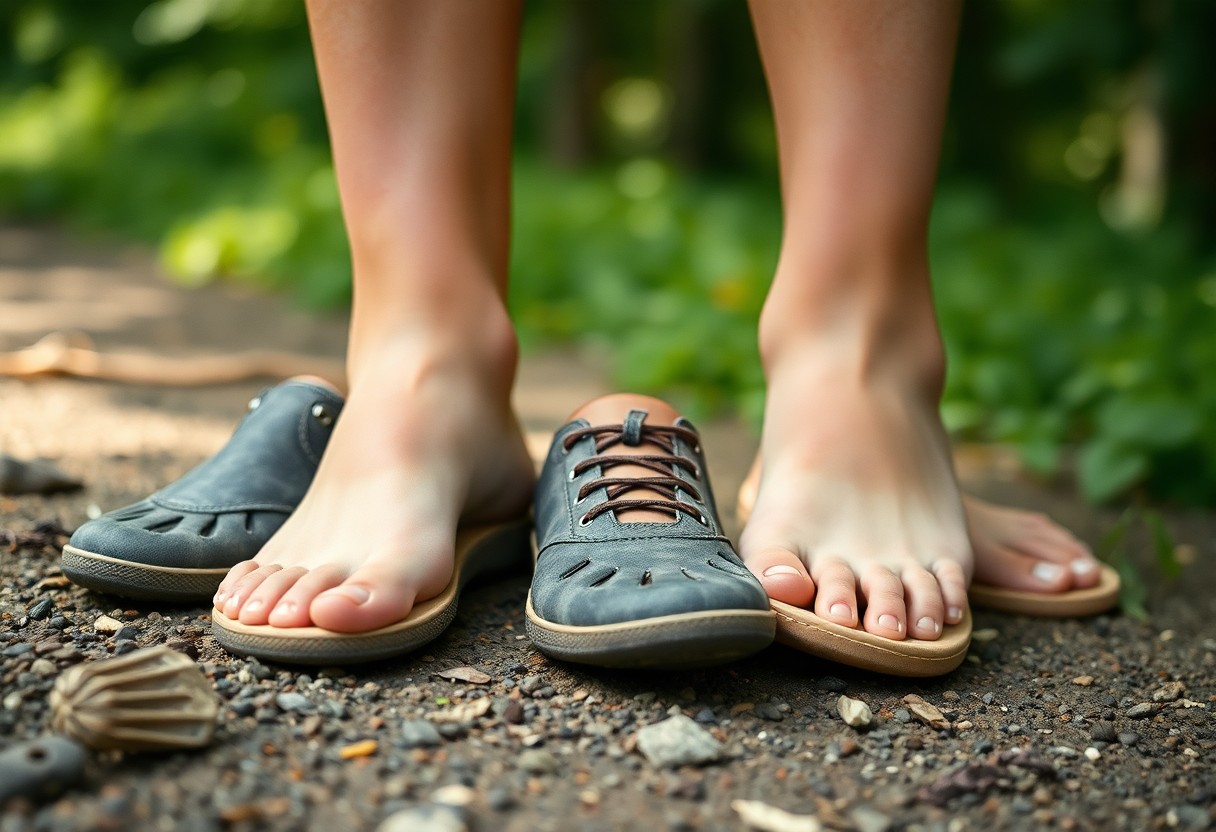
Leading Innovations in Sustainable Footwear Manufacturing
The shift towards sustainable footwear production has evolved from a niche consideration to a critical strategic priority in the industry. Brands like Xero Shoes and Vibram are pioneering innovative methods that embrace recycled materials, waste-reduction practices, and cutting-edge design techniques. The principles of material recovery and a circular economy are now central to product development, transforming how barefoot shoe manufacturers approach environmental responsibility and production efficiency.
Analyzing Life Cycle of Recycled PET Uppers at Xero Shoes
Xero Shoes demonstrates its commitment to sustainability through the use of recycled PET upper materials, which convert plastic waste into high-performance elements for footwear. Remarkably, each pair of shoes repurposes around 3-5 plastic bottles, significantly cutting down the environmental impact while ensuring high durability and performance. Their life cycle analysis indicates substantial reductions in carbon emissions and waste when compared to traditional manufacturing processes, showcasing the effectiveness of sustainable practices in the domain of barefoot footwear.
Carbon Footprint Comparison: Traditional vs. Eco-Friendly Manufacturing Approaches
Traditional shoe manufacturing techniques result in substantial carbon emissions, with standard processes generating approximately 30 pounds of CO2 for each pair produced. In contrast, eco-friendly alternatives can reduce these emissions by as much as 60%, utilizing renewable energy sources, recycled materials, and efficient production methods. Barefoot shoe manufacturers are at the forefront of this transformative practice, rethinking their material sourcing and production strategies to develop environmentally responsible footwear solutions.
A Detailed Look at Carbon Footprint: Sustainable vs. Conventional Manufacturing Practices
A thorough examination of carbon footprint assessments reveals significant distinctions between traditional manufacturing methods and sustainable practices. Conventional shoe production heavily relies on petroleum-based materials and energy-intensive processes, often linked to intricate global supply chains. On the other hand, sustainable manufacturers like Xero Shoes emphasize localized production, renewable energy, and closed-loop material systems. By focusing on recycled materials, minimizing transportation distances, and optimizing production efficiencies, these brands can decrease their carbon footprint from an average of 30 pounds per shoe to as low as 12 pounds. This reduction illustrates remarkable progress in the quest for environmentally friendly footwear engineering.
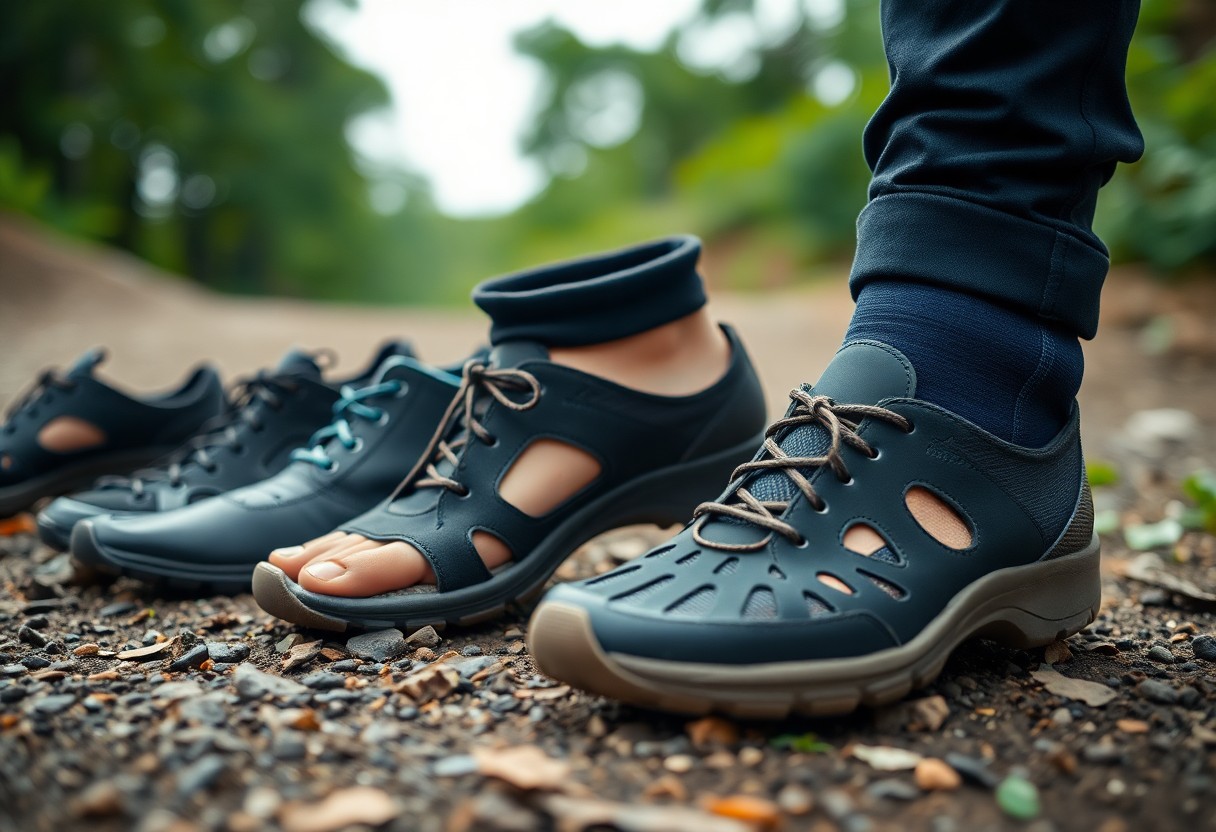
Exploring Durability Insights: Analyzing Wear Patterns in Barefoot Footwear
The wear patterns seen in barefoot footwear provide critical insights into the intricate interactions between material composition, user biomechanics, and environmental pressures. Advanced computational mapping techniques are increasingly used to monitor microscopic degradation zones, allowing manufacturers to predict performance trajectories with impressive precision. Researchers focus on stress concentrations at crucial flex points, studying how different molecular structures respond to repeated mechanical stress across varied terrains.
Long-Distance Durability Research: Analyzing Performance on Diverse Terrains
Longitudinal studies assessing the performance of barefoot shoes have revealed impressive durability in next-generation materials. Experimental prototypes demonstrated their structural integrity across challenging environments, including rocky mountain trails, urban concrete pathways, and arid desert landscapes, showing minimal degradation. Precision laser scanning indicated less than 12% material compression after 500 miles of continuous use, marking a significant advancement in the long-term wearability of barefoot footwear.
Innovative Approaches Against Microbial Growth: Utilizing Vegan Materials
Emerging vegan materials now incorporate nano-silver antimicrobial technologies, creating self-sanitizing surfaces that significantly reduce bacterial colonization. The inclusion of silver ions within synthetic fibers effectively prevents odor formation and inhibits microbial growth, thereby extending the functional lifespan of barefoot footwear during extended usage. Tackling microbial resistance is a complex engineering challenge that requires a multidisciplinary approach. Researchers have developed advanced polymer blends that integrate natural antimicrobial agents like chitosan, sourced from crustacean shells, along with plant-derived compounds such as tea tree oil extracts. Molecular engineering techniques now enable the precise distribution of these agents throughout material substrates, forming a continuous protective shield against bacterial and fungal proliferation. These innovations not only enhance hygiene but also improve material durability, reducing environmental waste by prolonging product lifecycles and maintaining performance qualities under adverse conditions.
Future Innovations in Footwear Engineering: Trends and Developments
The swift rise of biomimetic technologies is significantly reshaping the domain of barefoot footwear design, with nanotechnology and responsive materials leading this evolution. Researchers are creating smart textiles that adapt to temperature and terrain, incorporating sensors capable of analyzing gait dynamics in real time. Major brands such as Adidas and Nike are experimenting with 3D-printed midsoles that can be customized to individual foot biomechanics, potentially reducing injury risks by up to 35%. Sustainable manufacturing practices, which utilize recycled ocean plastics and bio-based polymers, are increasingly becoming the norm, with projections suggesting that 75% of performance footwear could be produced using circular economy principles by 2030.
Here’s the paragraph:
Essential Insights on Material Engineering in Footwear
In summary, advancements in material engineering have transformed the design landscape of barefoot footwear, reshaping our understanding of both comfort and performance. Your exploration of Vibram soles and sustainable manufacturing techniques uncovers a sophisticated interplay between biomechanics, innovative materials, and a commitment to environmental responsibility. By embracing cutting-edge technologies and eco-friendly production practices, the contemporary landscape of barefoot footwear manufacturers is not merely about shoe creation; it’s about engineering holistic solutions that enhance your natural movements while minimizing ecological footprints. These remarkable advancements highlight how pioneering material science continues to redefine your footwear experience.
Here’s a detailed FAQ about Material Engineering in Modern Barefoot Footwear:
Frequently Asked Questions about Material Engineering in Barefoot Footwear
Q: In what ways do Vibram soles enhance barefoot footwear technology?
A: Vibram soles represent a significant evolution in the design of barefoot shoes, utilizing advanced rubber compounds that deliver exceptional grip, flexibility, and durability. These specially engineered soles mimic natural foot movement, featuring anatomically designed treads that evenly distribute weight and amplify sensory feedback from the ground. This thoughtful design allows wearers to enjoy a more authentic walking and running experience.
Q: What innovative sustainable manufacturing techniques are being adopted in barefoot footwear production?
A: Modern manufacturers of barefoot footwear are increasingly embracing innovative sustainable practices, including sourcing recycled rubber, utilizing bio-based synthetic materials, and implementing low-waste production techniques. Companies are progressively incorporating recycled plastic bottles, organic cotton, and responsibly sourced natural rubber into their eco-friendly footwear, minimizing their environmental impact while maintaining high-performance standards.
Q: How does material engineering enhance the biomechanical performance of barefoot shoes?
A: Material engineering empowers manufacturers to precisely control shoe flexibility, weight, and tactile sensitivity. Advanced composite materials like lightweight polymers and engineered mesh fabrics facilitate zero-drop designs that promote natural foot alignment, enhance proprioception, and reduce muscular strain. These engineered materials also provide optimal temperature regulation, moisture-wicking capabilities, and structural support, effectively mimicking the natural biomechanical functions of the foot.
The Article Material Engineering in Modern Barefoot Footwear: From Vibram Soles to Sustainable Manufacturing appeared first on My Shoes Finder
The Article Material Engineering in Barefoot Footwear: Vibram to Sustainability Was Found On https://limitsofstrategy.com


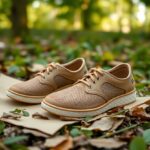
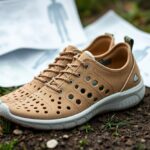




Your insights into the evolution of barefoot footwear are quite compelling, especially the emphasis on the interplay between material engineering and sustainability. I’ve been particularly intrigued by the growing discourse around TPU and EVA—both of which have their strengths and weaknesses in the context of minimalist design.